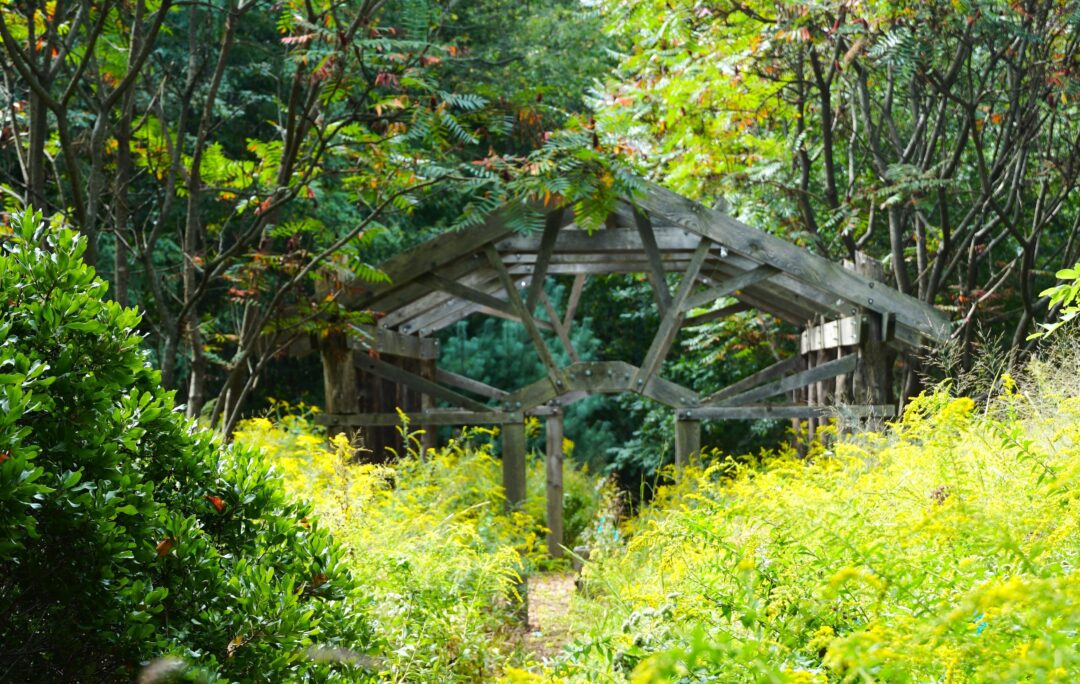In the Northeastern United States, which was once almost entirely forested, naturally-occurring meadows are typically “successional.” They arise when an event such as a storm or fire opens a space in the forest, where increased sunlight allows grasses and wildflowers to emerge. Eventually, woody shrubs and tree seedlings settle in, grow taller, cast shade, and the forest returns. Depending on the ecosystem, this process of forest succession can take anywhere from 50 to hundreds of years. Unfortunately, in modern times, any newly opened ground is immediately colonized by invasive species, plants from other parts of the world that out-compete native plants since they have no natural controls in their host ecosystem. This can lead to the decline of habitat and food sources for native wildlife species, soil degradation and overall loss of biodiversity. Many different land management strategies can be implemented to restore an ecosystem and control the spread of invasives within a landscape.
Because of the incredible benefits of biodiversity and ecosystem health meadows hold, we decided to restore an area of our preserve as one! Our meadow is actively managed through consistent reseeding and planting additional native plants, pulling and mowing invasives, and monitoring the biodiversity of resident plant and wildlife species.
Maintaining a designed meadow in the Northeastern US requires effort to prevent invasive plants or forest from claiming the space. The incredible value of a native meadow as wildlife habitat and a beautiful landscape makes the effort worthwhile. https://naturecentergb.org/2022/10/20/seasons-in-the-meadow/
For more information on our meadow and other native plant efforts, check out our blog, Around the Grounds here.

